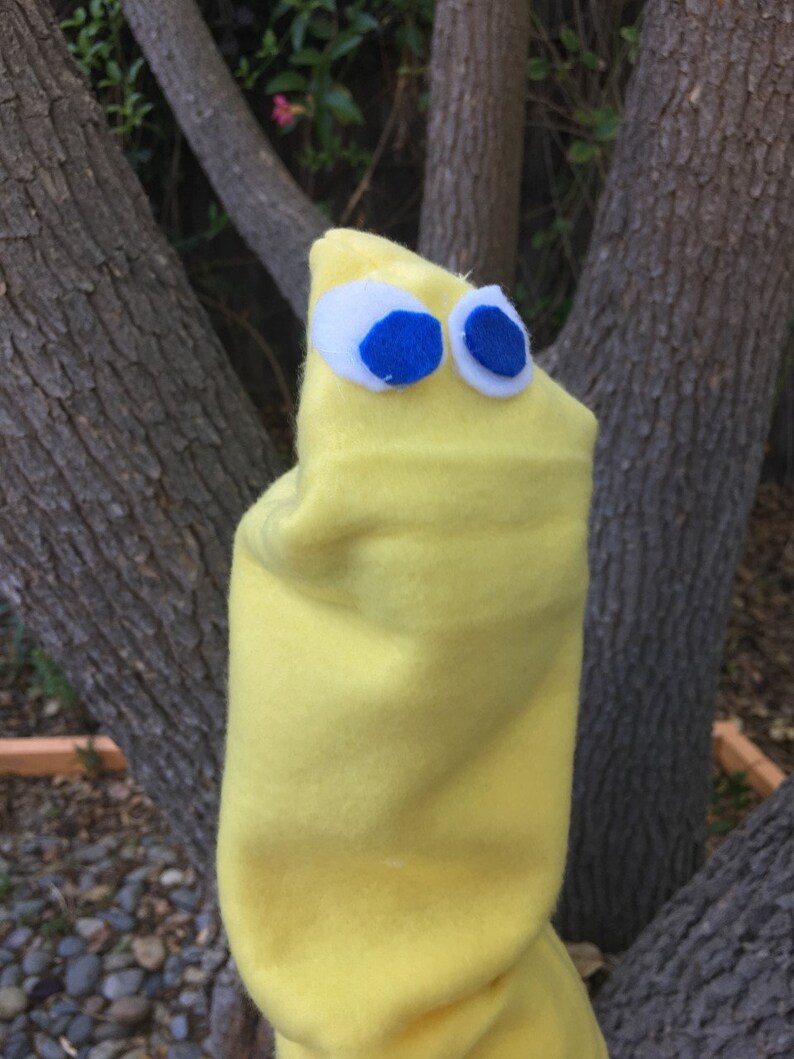
Puppetry was practiced in ancient Greece and the oldest written records of puppetry can be found in the works of Herodotus and Xenophon, dating from the 5th century BC. Hieroglyphs also describe "walking statues" being used in ancient Egyptian religious dramas. Wire controlled, articulated puppets made of clay and ivory have also been found in Egyptian tombs. There is evidence that they were used in Egypt as early as 2000 BCE when string-operated figures of wood were manipulated to perform the action of kneading bread. Some historians claim that they pre-date actors in theatre. Puppets have been used since the earliest times to animate and communicate the ideas and needs of human societies. Puppetry is a very ancient art form, thought to have originated about 4000 years ago. Wayang Golek Performance (3D Wooden Puppet), Indonesia Puppetry occurs in almost all human societies where puppets are used for the purpose of entertainment through performance, as sacred objects in rituals, as symbolic effigies in celebrations such as carnivals, and as a catalyst for social and psychological change in transformative arts. Puppetry takes many forms, but they all share the process of animating inanimate performing objects to tell a story. Some forms of puppetry may have originated as long ago as 3000 years BC. Puppetry is a very ancient form of theatre which was first recorded in the 5th century BC in Ancient Greece. They have more movement possibilities as a consequence than a simple hand or glove puppet. Over the rod is a body form with arms attached controlled by separate rods. Rod puppets are made from a head attached to a central rod.
Puppetry basics plus#
Marionettes are suspended and controlled by a number of strings, plus sometimes a central rod attached to a control bar held from above by the puppeteer. Japanese Bunraku puppets are an example of this. Other hand or glove puppets are larger and require two puppeteers for each puppet.

Punch and Judy puppets are familiar examples.

A hand puppet or glove puppet is controlled by one hand which occupies the interior of the puppet and moves the puppet around. The simplest puppets are finger puppets, which are tiny puppets that fit onto a single finger, and sock puppets, which are formed from a sock and operated by inserting one's hand inside the sock, with the opening and closing of the hand simulating the movement of the puppet's "mouth". They can be extremely complex or very simple in their construction. There are many different varieties of puppets, and they are made of a wide range of materials, depending on their form and intended use. The puppeteer sometimes speaks in the voice of the character of the puppet, while at other times they perform to a recorded soundtrack. Puppeteers use movements from hands and arms to control devices such as rods or strings to move the body, head, limbs, and in some cases the mouth and eyes of the puppet. The script for a puppet production is called a puppet play.

Such a performance is also known as a puppet production. Puppetry is a form of theatre or performance that involves the manipulation of puppets – inanimate objects, often resembling some type of human or animal figure, that are animated or manipulated by a human called a puppeteer.


 0 kommentar(er)
0 kommentar(er)
